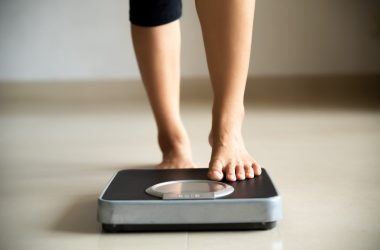A patient’s own blood is used to create platelet-rich plasma (PRP), which is enhanced with platelets and growth factors. PRP injections are used to encourage bone growth and tissue healing in a wide range of medical disorders, including osteoarthritis, hair loss, and damage to tendons or ligaments.
While normal platelet concentrations hover around 200,000/L, PRP platelet concentrations should be five times higher, or 1,000,000/L.
How is it possible to accomplish this >5 increase in platelet concentration in real life? What further measures are necessary to preserve other PRP characteristics that may be crucial, such as growth factor concentration, platelet shape, or activation?
PRP preparation broadly involves 3 main steps:
- Sample collection
Generating plasma after the collection of the patient’s blood
- Centrifugation
Concentrating platelets and many other wound-healing components for obtaining the PRP
- Storage
Maintaining the PRP quality prior to its clinical application
For the creation of platelet-rich plasma, Plasmolifting Technologies provides, among other things, the so-called PRP tubes Italy. This company’s flagship product has already been utilised effectively for numerous therapeutic purposes by thousands of doctors all over the world.
How does PRP therapy work?
PRP is utilised therapeutically to treat a wide range of conditions as either the primary or adjuvant therapy. Platelet-rich plasma, also known as autologous blood therapy or PRP therapy, is created from autologous blood using PRP tubes and then applied to the patient’s treatment site, for example, by way of an injection.
Since platelets release over 30 different growth factors and other regulatory proteins in the first few minutes in a damaged tissue, this sets off a chain of events that includes immune cell recruitment, stem cell activation, tissue regeneration, vascularization, collagen synthesis, bone mineralization, etc. Platelets are the primary factor in the therapeutic effectiveness of PRR.
When using PRP, these effects are precisely what are stimulated for medicinal objectives. Thus, this therapy makes use of the patient’s innate ability to heal.
Advantages and adverse effects
PRP therapy is now going through a huge boom: The American Society of Plastic Surgeons reports that from 2015 to 2020, the number of PRP procedures performed in the US increased by more than 130%. The fundamental cause of this is the wide range of advantages that this therapy suggests:
- Cost efficiency
The treatment’s price-performance ratio can be assessed as outstanding.
- Uncomplicated and simple implementation
In less than 30 minutes, the therapy can be completed as an outpatient.
- High willingness of patients to consent
There are no painful side effects, no surgical procedures needed, and short recovery times.
- Excellent tolerability and extensive freedom from adverse effects
Allergies, negative effects, problems, and other hazards are virtually eliminated because these compounds are those that the body naturally produces.
Due to PRP’s great biocompatibility and potential as a natural substitute for many synthetic types of filler, this fact becomes particularly intriguing in the field of aesthetic medicine.
- Accelerated healing and pain alleviation
Pain relief and healing are typically hastened when regeneration processes are activated.
- Sustainability of therapy effectiveness
The therapy’s curative effects are organic and consequently long-lasting.
- Ideal adjuvant therapy
Due of this therapy’s simplicity, affordability, and naturalness, it can be simply included into many different treatment plans.







